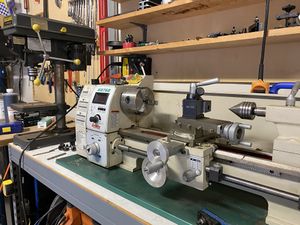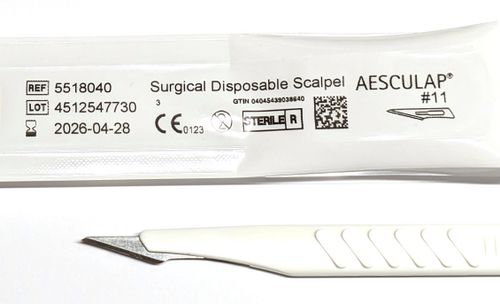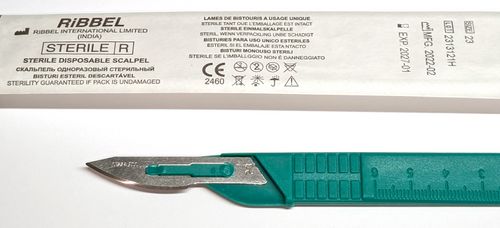Mechanical Tools
Grinders, Drills, Lathes, Milling Machines, Welders and any other tools used to modify hardware. If you used it while reverse engineering, list it here!
Contents
Tool Index
Essential tools and consumables for manipulating PCBAs (Printed Circuit Board Assemblies)
Soldering Irons
Knockoff JBC station with original JBC soldering tips
Fix me: Photos and text
Weller Station
Fix me: Photos and text
Tweezers
Manipulating PCBAs often involves handling small and/or hot components while soldering. Most types of tweezers are made of some kind of steel, which can make them susceptible to get magnetized, which is not ideal if that is not done intentionally by using a magnetize tool. This accidental magnetization can be avoided by using tweezers made of titanium. The minimal set of tweezers should consist of following types:
Straight, fine tweezers
Angled, fine tweezers
Straight, coarse tweezers with riffles
This type of tweezers come in handy when something has to be gripped securely in order to be able to bend / shape them in a controlled manner. These tweezers have a thick metal parts that are not easily bend out of shape like the fine tweezers.
Straight, self-holding tweezers
Scalpels
There are many types of straight edged and round edged scalpels beside the ones listed below. The one mentioned here are the essential types needed to attach botch wires and sniffing wires to signal tracks covered by solder mask. The fixed connection between the handle and the blade of the disposable version makes this type of scalpel a little bit more precise than the scalpel handle with exchangeable blades. Naughty people even cut through pins of ICs with scalpels to remove ICs without the use of a heat-gun, but you didn't read that here, as that dulls a blade pretty quickly and should only be used in a pinch.
Straight edged scalpels
"I'm gonna cut you! You piece of track!"
The sharp tip of this type of scalpel makes it ideal to cut the conductor track without nicking nearby tracks. The blade #11 has a short, straight edge that gives good control over the cut.
Round edged scalpels
"Do you see the solder mask covering the track?" - "Uh, no?" - "Exactly."
The copper tracks on the top layer of a PCB are usually covered with a layer of (green) solder mask, which can be carefully scraped away from the portions of the track that are about to be soldered to say attach a wire. The round shape of the blade #23 (there are other blades with a rounded edge) allows the user to only remove the solder mask from the track of interest, which will make the soldering process later on very easy, since the remaining solder mask will prevent the solder to stick to the covered tracks. Exposing the other tracks by scraping too much solder mask away may result in a much more difficult soldering job.
Soldering Flux
Fix me!


